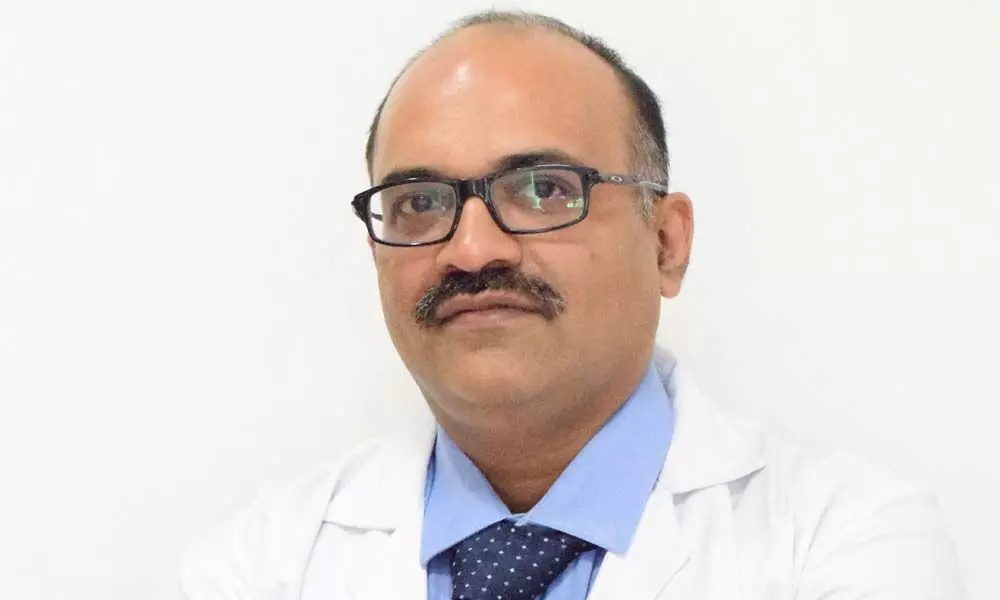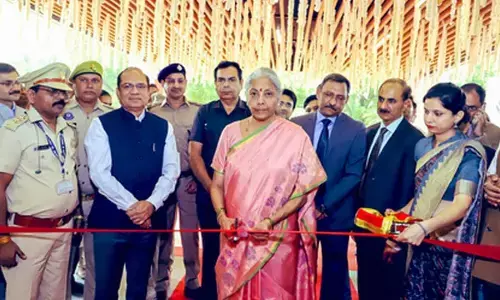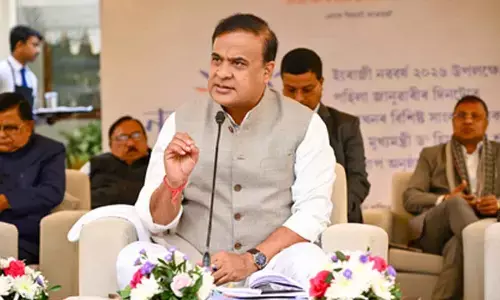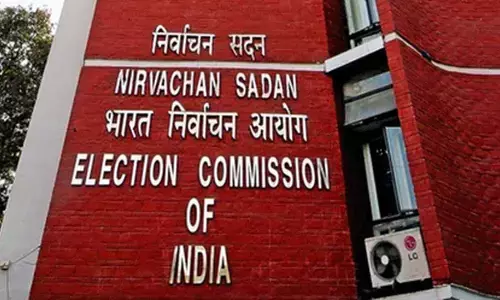Doctors perform new power spiral enteroscopy, a first in Karnataka

Dr Ravindra BS
A 31-year-old lady diagnosed with Choledochal cysts, a rare congenital condition successfully underwent one of its kind rare procedure at Fortis Hospital, Bannerghatta Road.
Bengaluru: A 31-year-old lady diagnosed with Choledochal cysts, a rare congenital condition successfully underwent one of its kind rare procedure at Fortis Hospital, Bannerghatta Road. The team of doctors led by Dr. Ravindra BS, Director-Gastroenterology, Dr. Prasanna S, Consultant- Gastroenterology and Hepatology and Dr. Balaji G- Consultant Gastroenterology at Fortis Hospital, Bannerghatta Road, Bengaluru performed Spiral Enteroscopy, a safe and effective deep enteroscopy technique for the dilation of narrowed post-surgical block and removal of stones.
The patient was suffering from abdominal pain and was unable to consume food or water. She was diagnosed with Choledochal cysts and had undergone hepaticojejunostomy (removal of liver tube swelling and bypass to liver with intestine procedure) previously at a private hospital in Shimoga. Thereafter, she developed jaundice as bypass opening at the liver had narrowed. For the treatment of Jaundice, she underwent PTBD procedure in Shimoga (placement of tube across the liver and across the operated area of intestine which was kept outside her stomach).
Usually, a PTBD tube is removed within 3-4 month post the procedure, but in this case, due to Covid-19 pandemic, the lady had delayed the follow up visit to the hospital which complicated her case. As a result, she developed stones inside the tube and in the liver as well. This posed an uncommon and challenging clinical condition that required Spiral Enteroscopy procedure. She was referred to Fortis Hospital, Bannerghatta Road for further management of her condition.
Dr Ravindra BS-Director- Gastroenterology-Fortis Hospital Bannerghatta Road, said, "The patient underwent the procedure choledochal cyst excision and hepaticojejeunostomy where liver tube which is dilated is removed and attached to intestine. During this procedure, in some cases the joining area gets narrowed due to which the patient developed jaundice and underwent treatment for the same in her native. She was advised to come back for the follow up visit and tube removal after 3-4 months' post PTBD procedure.
However, due to the upsurge in covid cases and fear of contracting Covid, the patient delayed visiting the hospital and the tube remained in her intestine for about 1 year and 7 months. As a result, there was stone formation around the tube and inside the liver.
To treat the complex situation and without risking the patient's life any further, the doctors attempted stone removal through colonoscopy for reaching the area and remove the tube but it was not successful at her native place. Therefore, she was referred to us for a unique procedure called Spiral Enteroscopy which is available only at Fortis Hospital in Karnataka.
Power spiral Enteroscope is inserted from mouth and it is motor guided and reaches faster to large intestine as compared to conventional enteroscope. Power spiral enteroscope reached the site of blockage and blockage was opened and stones were removed along with old tube which was inside the liver for 1.7 year. Dr Gurucharan Shetty- Interventional Radiologist, Gastrointestinal Surgeons and transplant surgeons were involved and the entire procedure was completed in 2.5 hrs.
The patient withstood the procedure well and now is completely cured of jaundice and stones without any surgery or long stay at the hospital. Power spiral enteroscope is a new instrument which is currently present at 17 centers across India and first in Karnataka. This procedure is also the third case in India with the use of Spiral Enteroscopy, Dr Ravindra added." NCBI states that Choledochal cysts are congenital anomalies of the bile ducts and are defined as abnormal, disproportionate, cystic dilatation of the biliary duct. The incidence of bile duct cysts ranges from 1 in 13,000 to 1 in 2 million births. More than 60% of them present during the first year of life. A proportion of them present in adulthood, and their presentations differ compared to childhood cases.














